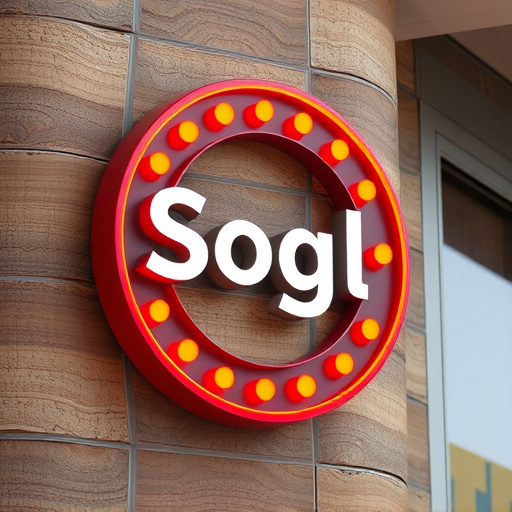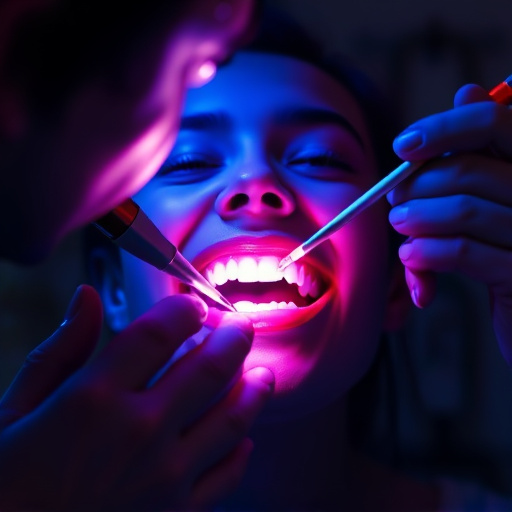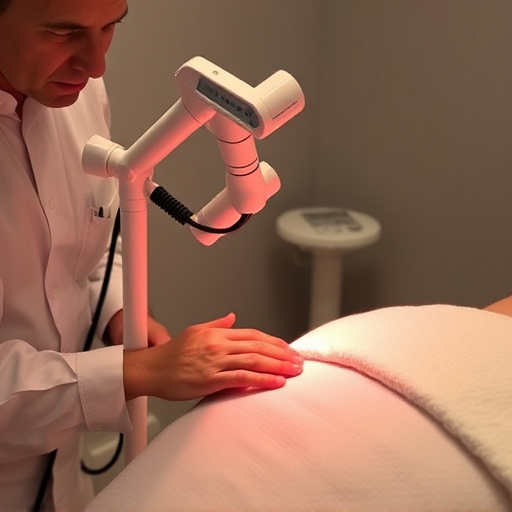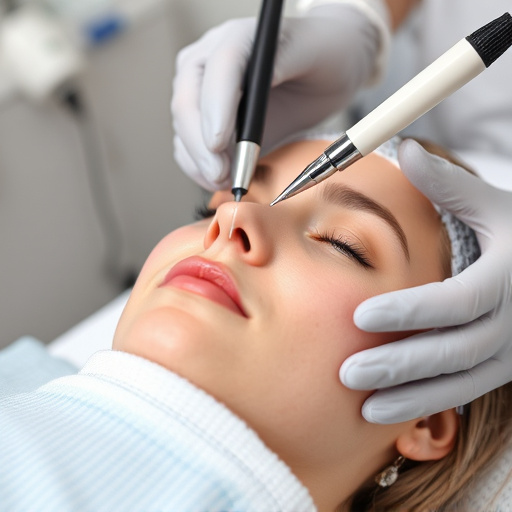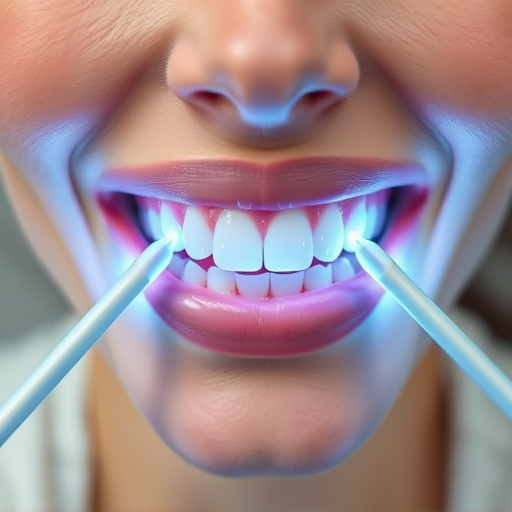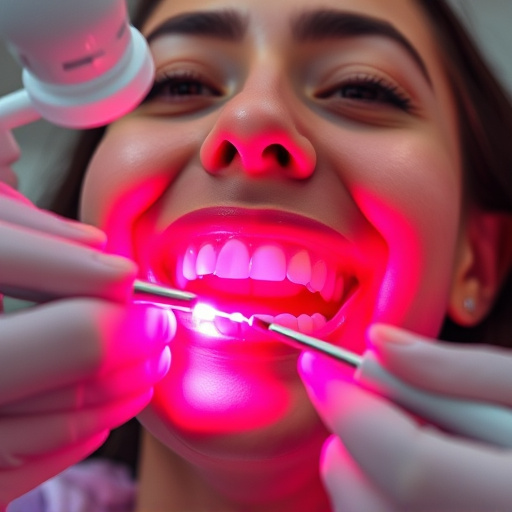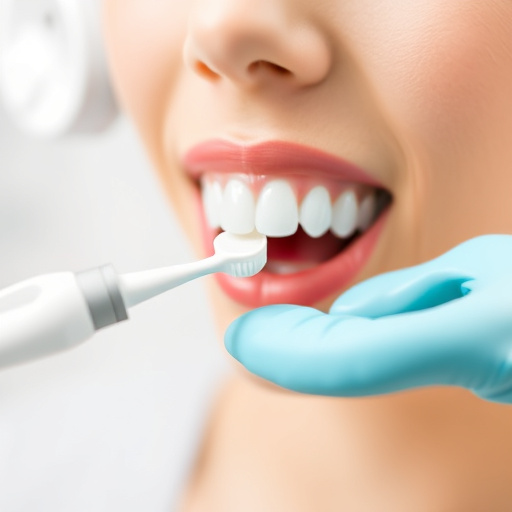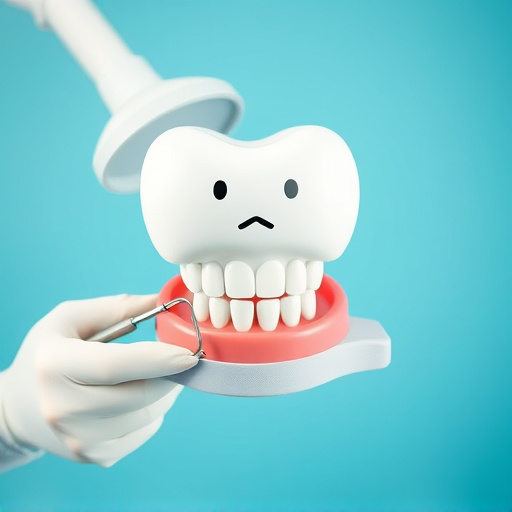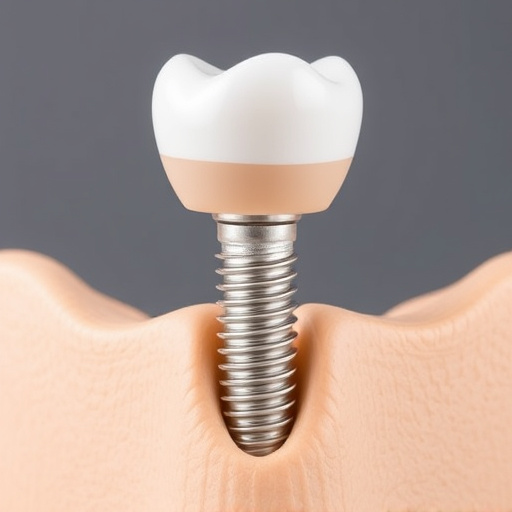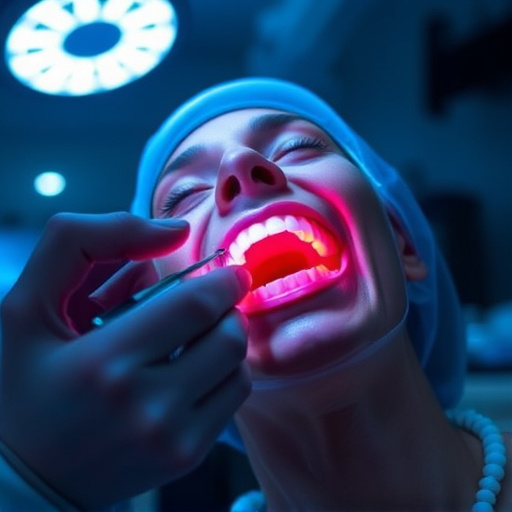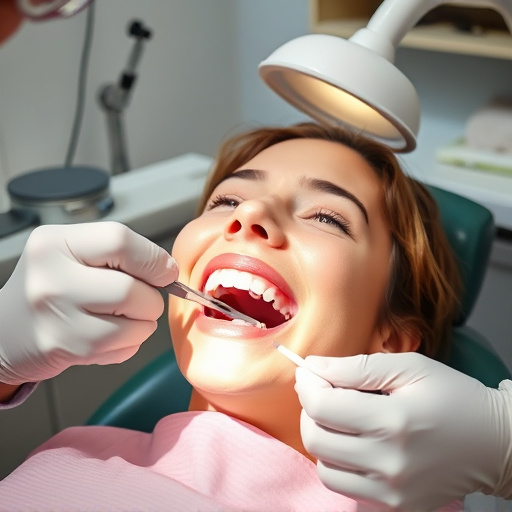Regular dental cleanings and exams are vital for maintaining optimal oral health. These appointments include thorough examinations, removal of plaque and tartar, personalized advice to prevent tooth decay and gum disease, and education on proper hygiene techniques. Effective brushing and flossing at home, lasting 2 minutes with fluoride toothpaste and 45 cm of floss, are crucial in between visits.
Regular dental cleanings and comprehensive exams are essential components of maintaining optimal oral health. This article explores best practices for both, empowering you to take charge of your dental care. We’ll delve into the significance of scheduled appointments, offering insights on what to expect during your dental exam. Additionally, we provide effective brushing and flossing techniques to ensure a thorough cleaning between visits, promoting a healthy smile long-term.
- Understanding the Importance of Regular Dental Cleanings
- Preparing for Your Dental Exam: What to Expect
- Effective Brushing and Flossing Techniques at Home
Understanding the Importance of Regular Dental Cleanings
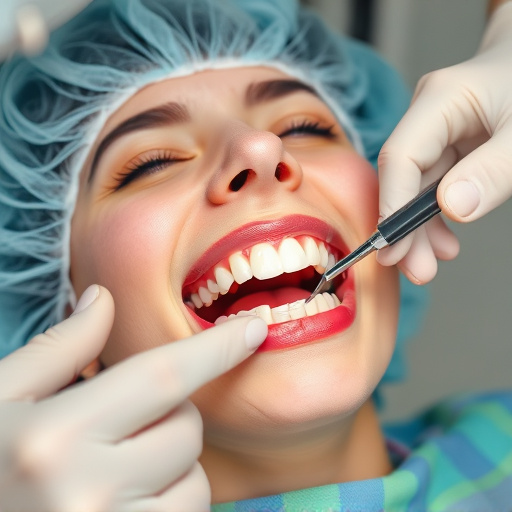
Regular dental cleanings are a cornerstone of comprehensive dental care, essential for maintaining optimal oral health. Beyond removing plaque buildup and tartar that can cause tooth decay and gum disease, routine cleanings allow your dentist to conduct thorough exams, identify potential issues early on, and provide personalized advice tailored to your needs. Preventive dentistry is key in avoiding costly and invasive procedures down the line, making regular dental cleaning appointments a wise investment in your overall well-being.
Preparing for Your Dental Exam: What to Expect
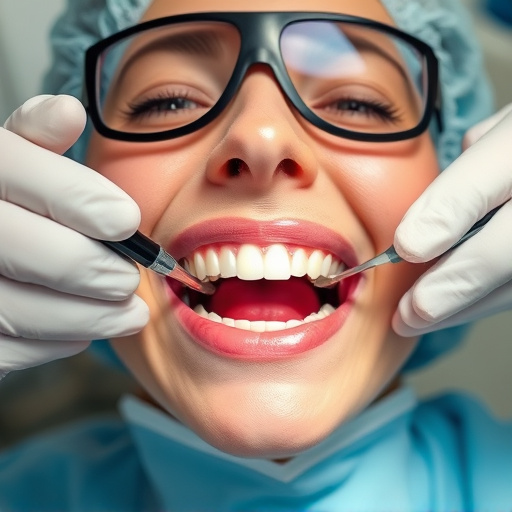
Preparing for your dental cleaning and exam visit is an important step to ensure a smooth and stress-free experience. Before your appointment, gather all your medical and dental records, including X-rays, previous treatments, and any medications you’re currently taking. This information will help your dentist gain a comprehensive understanding of your oral health history.
During your dental cleaning and exam, you can expect several procedures. A professional dental hygienist will perform a thorough cleaning, removing plaque and tartar buildup. They’ll also examine your gums for signs of inflammation or disease. Your dentist will conduct a detailed inspection of your teeth, looking for cavities, cracks, or other issues. They may recommend cosmetic fillings, depending on the extent of damage, to restore your smile’s health and appearance. Additionally, routine oral exams are crucial in identifying potential problems early on. Don’t be surprised if your dentist also discusses proper brushing and flossing techniques during your visit—these simple practices play a significant role in maintaining excellent dental hygiene between appointments.
Effective Brushing and Flossing Techniques at Home
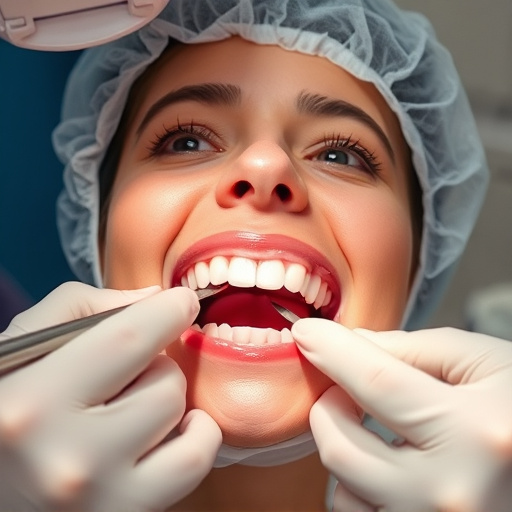
Maintaining good oral hygiene is a crucial aspect of dental care, and it starts with effective brushing and flossing techniques at home. When it comes to brushing, many people make the mistake of rushing through this essential practice. However, a thorough brushing should last for at least two minutes. Use a soft-bristled toothbrush and fluoride toothpaste to ensure your teeth are cleaned effectively without causing damage to your enamel. Move the brush in gentle circular motions or short back-and-forth strokes, covering all surfaces of each tooth, including the fronts, backs, and chewing surfaces.
Flossing is another vital step in dental cleaning and exam routines, especially for removing plaque and food particles from between the teeth where a toothbrush can’t reach. Use around 45 cm of floss, winding most of it around your middle fingers, leaving about 5 cm to work with. Gently guide the floss between teeth using a rubbing motion, forming a curve around each tooth as you clean. Children’s dentistry and family dentistry professionals often emphasize these techniques during regular dental cleanings to ensure their patients maintain optimal oral health.
Regular dental cleanings and exams are essential components of maintaining optimal oral health. By understanding the importance of these visits, preparing appropriately, and adopting effective brushing and flossing techniques, you can ensure a bright and healthy smile for years to come. Incorporate these best practices into your routine to keep your teeth clean, catch potential issues early, and avoid more serious dental problems down the line.


